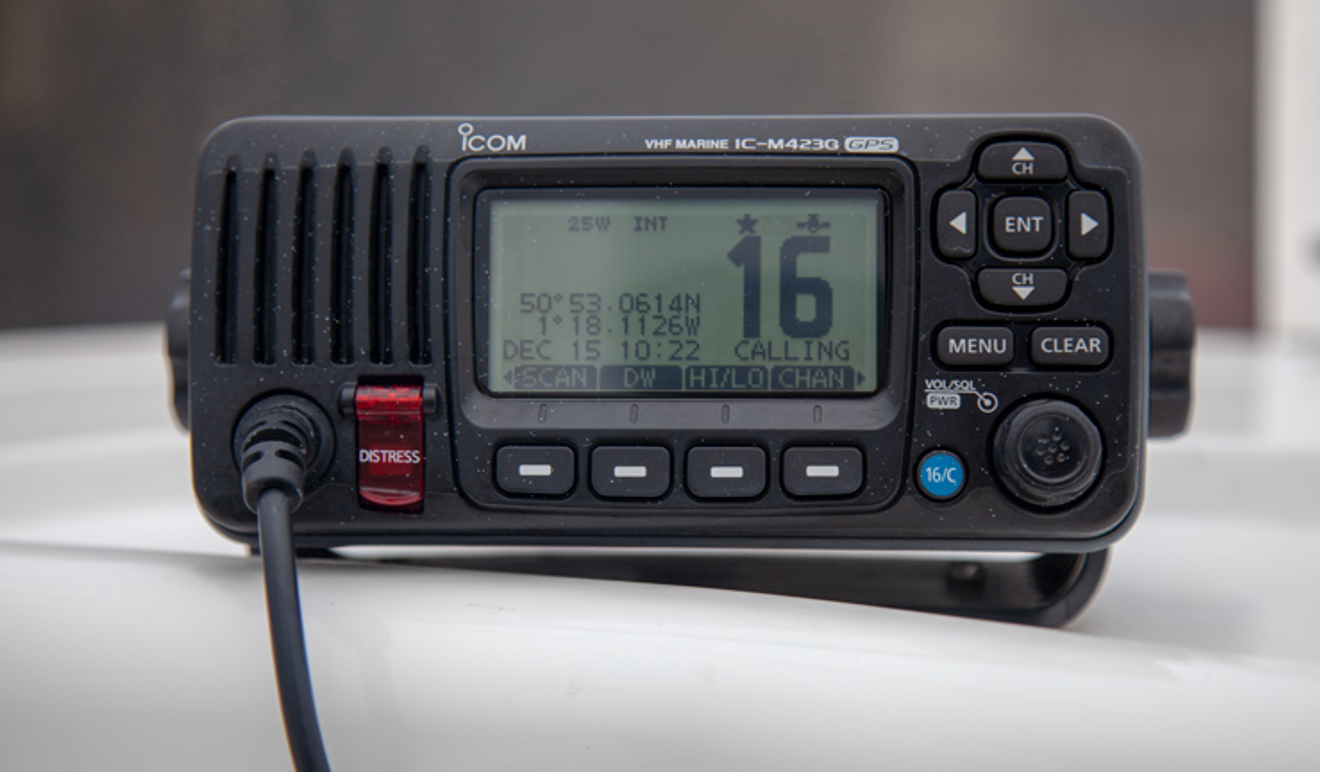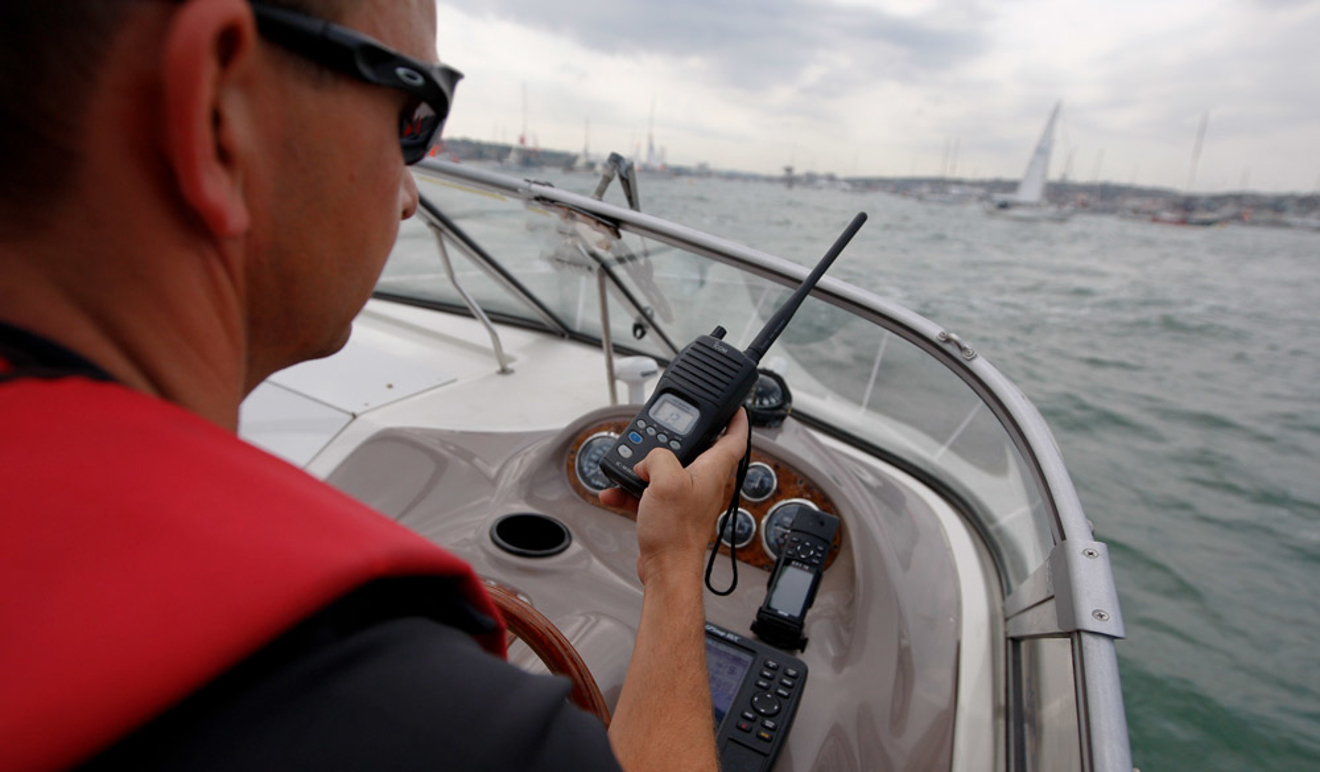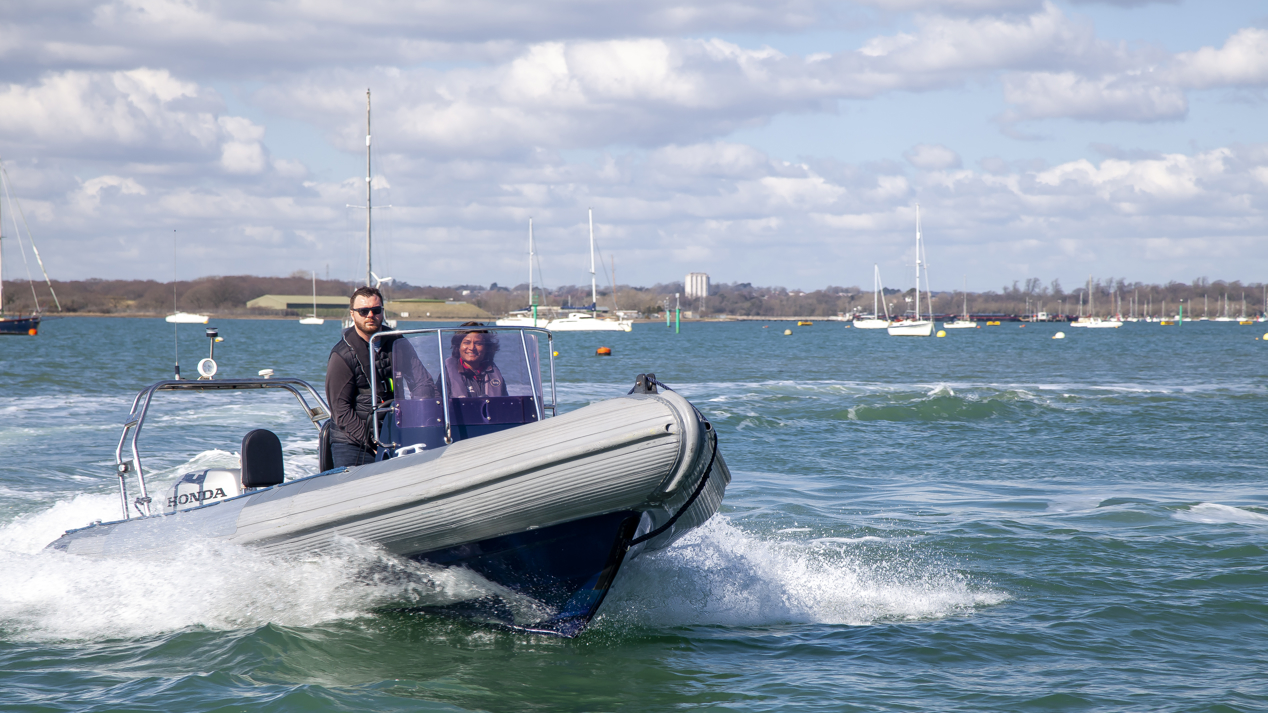Mayday and pan pan calls
Knowing how to correctly operate your VHF radio and when to make a mayday or pan pan call saves lives
Being able to keep a calm head in emergency situations at sea will save lives. Correctly operating your VHF radio and understanding when to make a mayday call or a pan pan call, is fundamental to this.
Even if you’re not going far offshore and have a mobile phone, a radio is an important piece of safety equipment to have on board. There’s no guarantee you’ll have reception and wet phones generally don’t operate well.
Good radio etiquette is critical. Understanding the correct procedures will not only help to keep you safe, but will also ensure you don’t block a mayday call from another vessel and compromise their safety.
It is a legal requirement to have a license to use a VHF radio. The Short Range Certificate (SRC) is the minimum qualification required by law to operate VHF and VHF Digital Selective Calling (DSC) on any British flagged vessel with a radio. This includes both fixed and hand-held equipment.
Mayday! Mayday! Mayday!
A mayday call is the international signal to notify life-threatening distress.
A mayday call is only to be used in the case of “grave and imminent danger to a vessel or persons, such as fire, sinking, man overboard etc.” A mayday call is very serious and, in many countries, anyone making a false mayday call could be prosecuted under criminal law.
All new VHF sets are either fitted, or can be interfaced, with DSC allowing calls to specific vessels. If you hold the ‘old’ VHF licence (pre-1999) you’ll need to upgrade your qualification when purchasing new equipment.
There are three parts to a mayday call – the DSC distress alert, the distress voice call, and the distress message itself.
In the distress alert stage, the DSC or red button on your VHF is key. It is the first signal to the coastguard that you are in distress, with most models sending your location via GPS too.
Part two is the instantly recognisable ‘Mayday Mayday Mayday’ voice call which includes the vessel name, call sign and Maritime Mobile Service Identity (MMSI), a nine-digit registered number used to identify your boat.
Channel 16 is the universal emergency channel, monitored by coastguards and nearby vessels. With this channel, everyone in the area will hear you rather than just the one person you try to contact by phone.

Finally, the distress call repeats the word mayday, the name of your boat, call sign and MMSI. As well as your position, the nature of your distress and number of people on board.
When identifying your position, it is common to use your latitude and longitude. But in some situations, a location by name or relative to a known point may be better. For example, Carrick Roads, 3 miles south of Portland Bill. Using a named location makes it easier for local boats to know you are in their vicinity without having to reference it on a chart.
There is a lot of information to remember, so always keep a mayday cockpit card near your VHF DSC radio. This acts as a prompt to both the distress signal and distress message procedures. It also gives you somewhere to note your MMSI, call sign and vessel name so they are to hand.
Top tip – if you know the phonetic alphabet use it!
Using a pan pan call
Maybe you’ve broken down, suffered significant structural damage to your boat, or someone on board is ill but their condition is not immediately life threatening. These are the kinds of incidents that warrant a pan pan call.
Repeating pan pan three times says, ‘it’s serious, we need help but there isn’t a critical and imminent danger to the boat or anyone on board.’
For a pan pan call the red button should not be activated. Instead an urgency DSC call should be sent from the radio’s DSC menu. This should be followed by a voice pan pan call and message sent over channel 16 to all stations, or a specific coastguard station on high power.
Much of the information provided in a mayday call should also be included in a pan pan call. For example, the boat’s name, call sign, MMSI, location and the nature of the situation.
For a mayday you would request immediate assistance, but for a pan pan you would state your intended action or the type of assistance you are requesting.

Getting to grips with your radio
Mayday and pan pan are at the extreme end of when good VHF understanding, and procedural knowledge are needed. However, a situation doesn’t have to be dire for your radio communications skills to help with your safety at sea.
The RYA’s Marine Radio Short Range Certificate (SRC) course complies with European Conference of Postal and Telecommunications Administrations (CEPT) requirements. It is also accepted internationally as recognition of certified VHF proficiency.
The one-day course and exam covers radio operation, distress, medical assistance procedures and everything you need to know to be able to operate the radio. It is suitable for anyone who owns a fixed or handheld marine VHF radio. However, to sit the final exam candidates must be 16 or over.
find out more about calling for help.
Explore our safety hub
For more information about staying safe on the water visit the RYA Safety hub.

